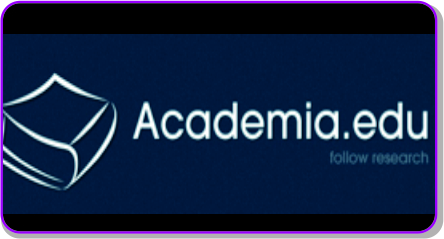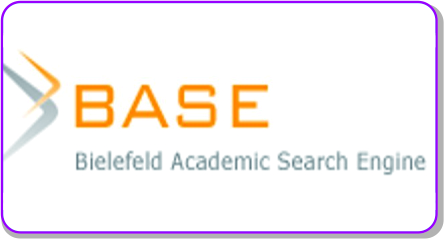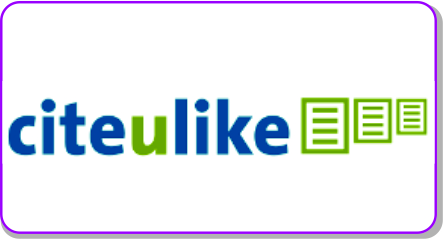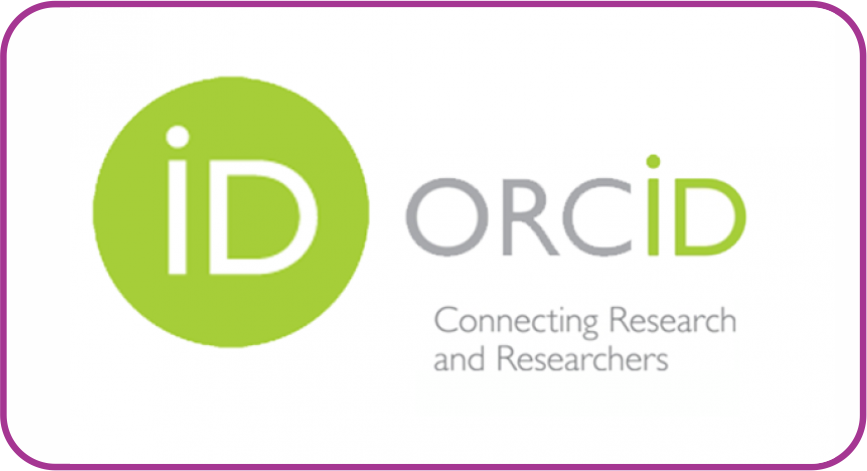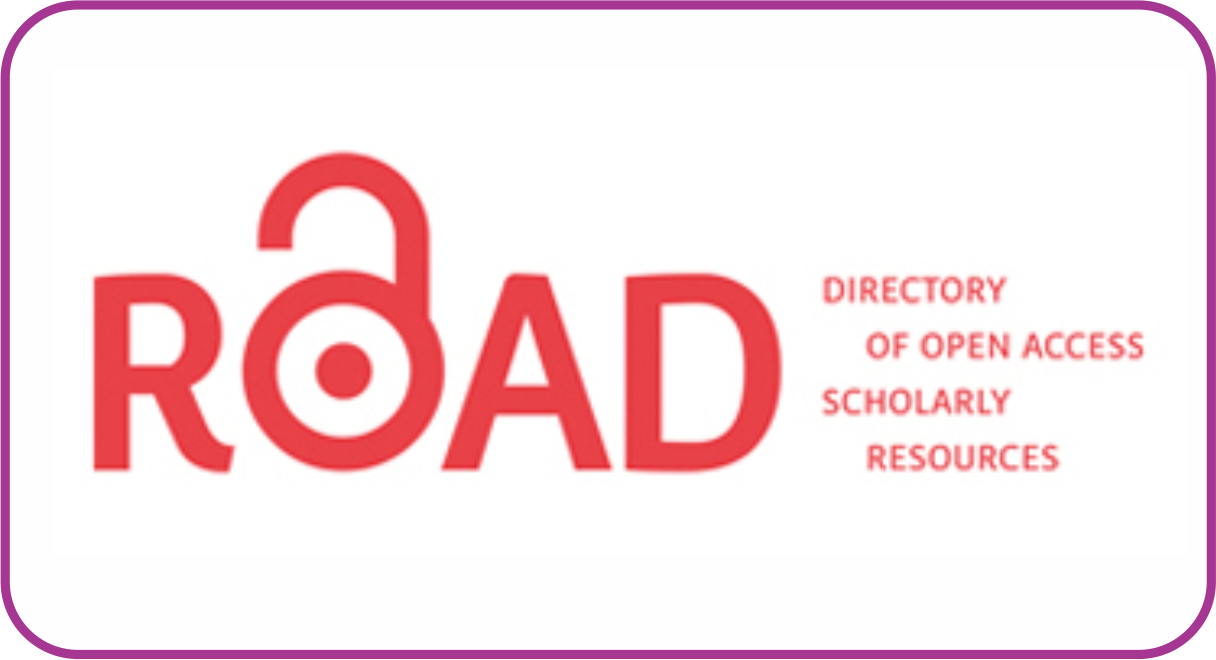Developing An Effective Model In Teaching Reading: What Would Work Best In A Large English Class?
DOI:
https://doi.org/10.30983/educative.v4i1.878Keywords:
mengajar, kelas berkapasitas besar, kelas Reading, strategi, mata kuliah umumAbstract
This article discusses the preliminary process of developing a suitable model for teaching reading in large English classes. The large English classes that are referred in this piece of scientific writing is the English classes at Universitas Negeri Padang which consist up to fifty to sixty students. Not only it is large, but the students in the class also come from various study programs and different cultural background. The diversity of their background of knowledge and culture leads to possible problems regarding their study. The condition requires the lecturer to be able to apply an effective model in the teaching and learning process. The article focuses on the development of a reading model since enriching the students' abilities in reading is one of the objectives of the course. The development process includes the planning of the reading lesson, the learning process, and the evaluation. Various methods of teaching are applied to find the one that works best for the atmosphere of the large classes. However, it was found that none of the common teaching reading strategies used worked well in the large English class at Universitas Negeri Padang.
Â
Artikel ini ditulis sebagai hasil penelitian pemula tentang usaha pengembangan model mengajar reading di kelas bahasa Inggris berkapasitas besar. Kelas berkapasitas besar yang dimaksud dalam tulisan ilmiah adalah kelas bahasa Inggris mata kuliah umum di Universitas Negeri Padang yang terdiri dari lima puluh hingga enam puluh mahasiswa. Tidak hanya berkapasitas besar, tetapi mahasiswa dikelas ini berasal dari jurusan yang berbeda-beda. Perbedaan ini menyebabkan terjadinya beberapa masalah terkait proses belajar mengahar dikelas. Kondisi semacam ini mengharuskan dosen untuk mampu mengplikasikan model belajar mengajar yang efektif. Fokus dari tulisan ini adalah dasar pengembangan model mengajar reading yang mampu membantu mahasiswa mencapai tujuan pembelajaran. Pengembangan yang dimaksud mencakup merencanakan pembelajaran, proses pembelajaran termasuk contoh strategi dan teknik yang mungkin dapat digunakan serta evaluasi. Akan tetapi, ditemukan bahwa hampir tidak ada dari satu strategi mengajar reading yang umum digunakan mampu membantu mahasiswa dikelas-kelas berkapasitas besar ini untuk mencapai tujuan pembelajaran yang diharapkan.
References
Bojovic, M. “Reading Skills and Reading Comprehension in English for Specific Purposes.†The International Language Conference on The Importance of Learning Professional Foreign Languages for Communication between Cultures 2010, no. September 2010 (2010): 1–5.
Fairbairn, Gavin J, Susan A Fairbairn, and Buckingham • Philadelphia. “Reading At University a Guide for Students,†2001.
Hornsby, David J. “Teaching Large Classes in Higher Education : Challenges and Opportunities in a Developing Context.†Conference: Canadian International Education ConferenceAt: Hart House, University of Toronto, Canada, no. June (2013).
Hornsby, David J, Ruksana Osman, and Jacqueline De Matos-Ala. “Teaching Large Classes.†In Large-Class Pedagogy Interdisciplinary Perspectives for Quality Higher Education, 7–17. SUN PRESS, 2013. https://doi.org/10.18820/9780992180690/01.
Kaya, Ebru. “The Role of Reading Skills on Reading Comprehension Ability of Turkish EFL Students.†ÜNİVERSİTEPARK Bülten 4, no. 1–2 (December 2015): 37–51. https://doi.org/10.12973/unibulletin.412.4.
Kher, Dinovia Fannil, and Yati Aisya Rani. “The Quality of Students’ Paraphrases of an Expository Text: A Study of 15 English Department Students of State University of Padang.†Atlantis Press, 2019. https://doi.org/10.2991/icoelt-18.2019.1.
Kreber, Carolin. “Teaching Excellence, Teaching Expertise, and the Scholarship of Teaching.†Innovative Higher Education 27, no. 1 (2002): 5–23. https://doi.org/10.1023/A:1020464222360.
Locastro, Virginia. “Large Classes and Student Learning.†TESOL Quarterly 35, no. 3 (2001): 493. https://doi.org/10.2307/3588032.
McWhorter, Kathleen T. Efficient and Flexible Reading.
Pearson/Longman, 2010.
Nourdad, Nava, Sanam Masoudi, and Parisa Rahimali. “The Effect of Higher Order Thinking Skill Instruction on EFL Reading Ability.†International Journal of Applied Linguistics and English Literature 7, no. 3 (May 2018): 231. https://doi.org/10.7575/aiac.ijalel.v.7n.3p.231.
Reading Comprehension Skills and Strategies. Level 8. Saddleback Pub, 2002.
Reflianto, Reflianto. “Conscientiousness And Emotional Stability On Students’ Speaking Ability Through Flipped Classroom.†Journal Educative : Journal of Educational Studies 3, no. 2 (December 29, 2018): 137. https://doi.org/10.30983/educative.v3i2.544.
Roza, Veni, and Genta Sakti. “Expert Appraisal On Islamic Textual Enhancement Grammar Book Designed For Grammar Teaching At Iain Bukittinggi.†Journal Educative : Journal of Educational Studies 3, no. 2 (December 29, 2018): 150. https://doi.org/10.30983/educative.v3i2.552.
“Surat Edaran : Bahan Ajar Mata Kuliah Wajib Umum – Direktorat Jenderal Pembelajaran Dan Kemahasiswaan,†n.d.
Wiegant, Fred, Karin Scager, and Johannes Boonstra. “An Undergraduate Course to Bridge the Gap between Textbooks and Scientific Research.†CBE Life Sciences Education 10, no. 1 (March 2011): 83–94. https://doi.org/10.1187/cbe.10-08-0100.
Downloads
Additional Files
Submitted
Accepted
Published
Issue
Section
License
Authors who publish with this journal agree to the following terms:
1. Authors retain copyright and grant the journal right of first publication with the work simultaneously licensed under a Creative Commons Attribution License that allows others to share the work with an acknowledgment of the work's authorship and initial publication in this journal.
2. Authors are able to enter into separate, additional contractual arrangements for the non-exclusive distribution of the journal's published version of the work (e.g., post it to an institutional repository or publish it in a book), with an acknowledgment of its initial publication in this journal.
3. Authors are permitted and encouraged to post their work online (e.g., in institutional repositories or on their website) prior to and during the submission process, as it can lead to productive exchanges, as well as earlier and greater citation of published work (See The Effect of Open Access).





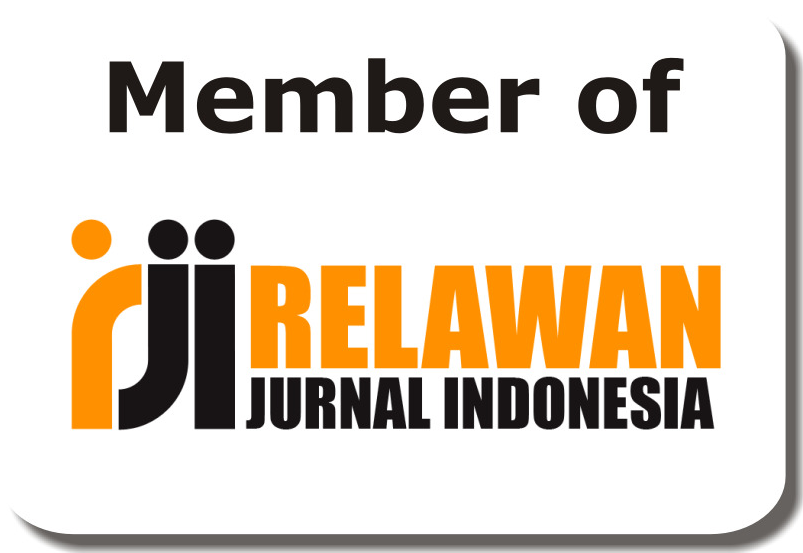
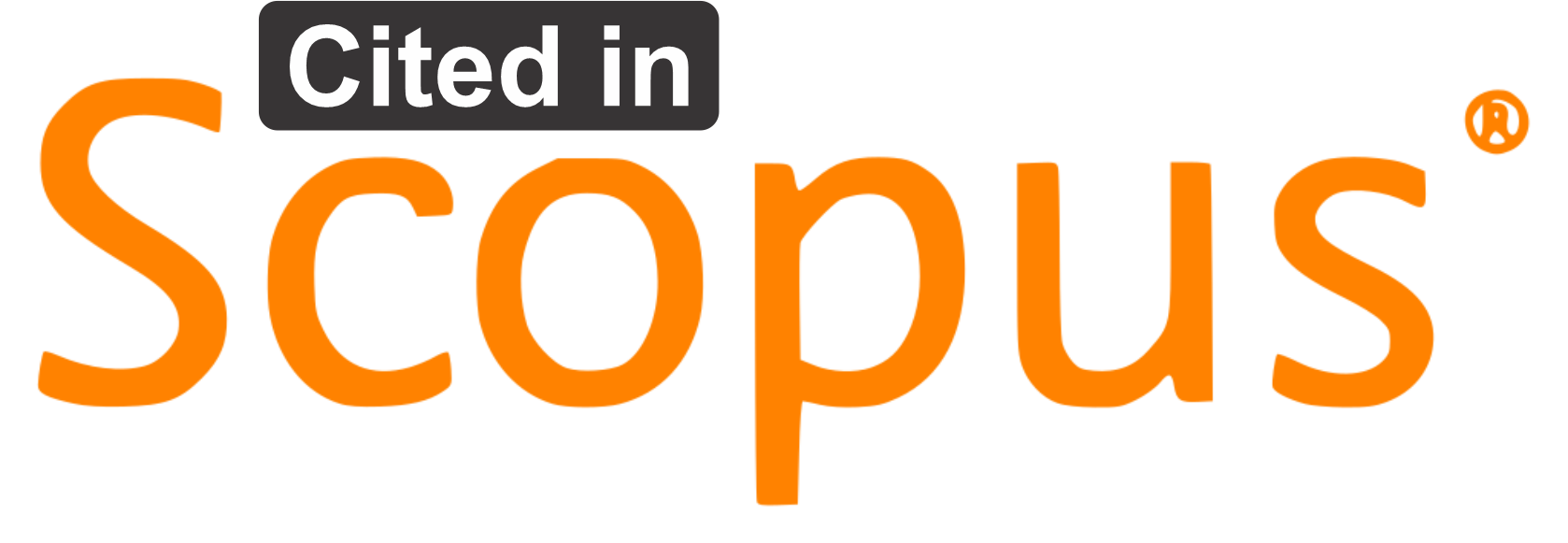

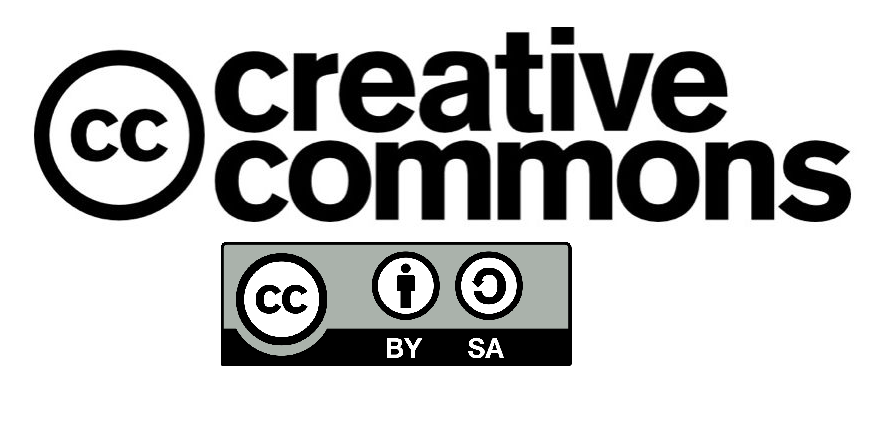
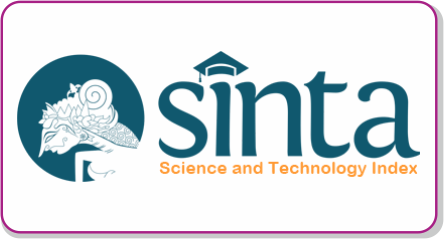
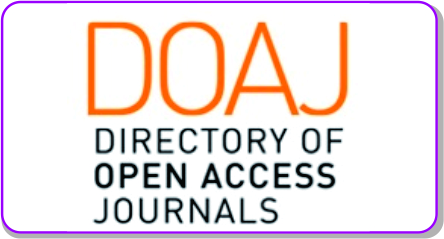


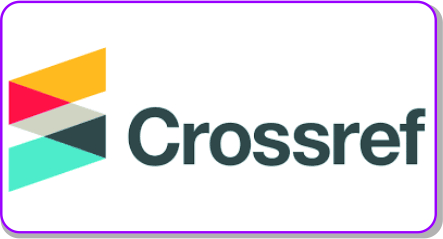


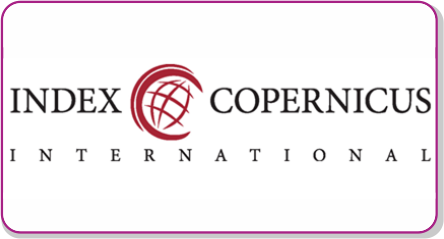

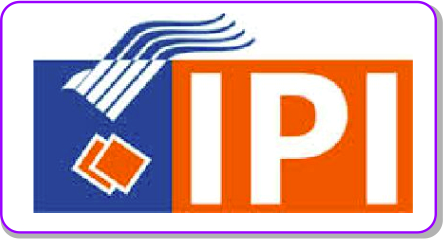 Â
 